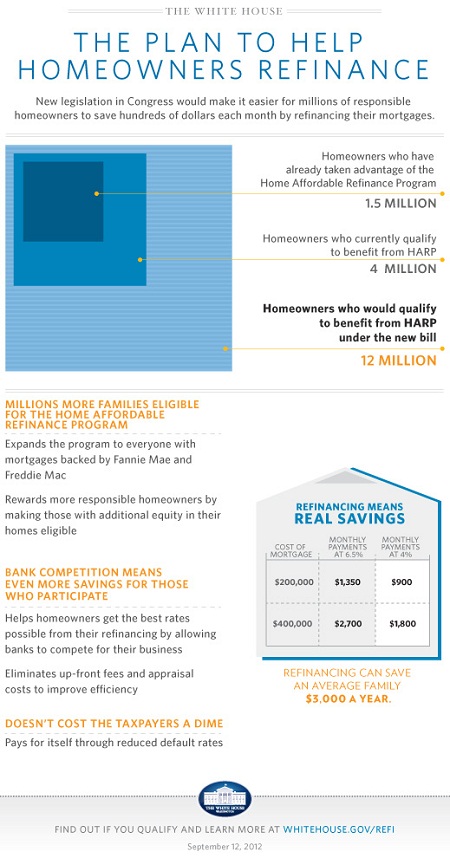From the Daily Record:
Why is the NJ unemployment rate rising while the state gains jobs?
Another increase in New Jersey’s unemployment rate — this time to 9.9 percent — prompted the Christie administration Thursday to wonder aloud if there was something wrong with the survey itself.
Charles Steindel, chief economist for the state Department of Treasury, said the jobless rate told a story that was 180-degrees different from another survey that showed the state added 5,300 jobs in August.
If the unemployment rate is accurate, “this would mean we were losing 600 jobs a day in August, including weekends,” Steindel said in a conference call with reporters. “It didn’t happen.”
Steindel’s comments came after the monthly jobs report showed New Jersey posted both an increase in jobs and an increase in the unemployment rate.
…
Casting blame on the survey takers is risky, analysts said. What happens next month, for example, if the same survey shows that the unemployment rate declined?“It is curious that such concerns are raised only when someone objects to the data,” said Patrick J. O’Keefe, director of economic research for J.H. Cohn, a Roseland-based accounting firm.
From NJ Spotlight:
Unemployment Rate Rises for Fifth Straight Month
With New Jersey’s unemployment rate rising to a new 35-year high of 9.9 percent, the Christie administration yesterday took aim at the methodology used to determine the rate, saying there is clearly something awry with the nationwide household survey used to come up with the numbers.
New Jersey Still a Long Way from Recovery, Report Shows
Charles Steindel, the Treasury Department’s chief economist, said the increase in New Jersey’s jobless rate from 9.0 percent to 9.9 percent over the past five months is contradicted by employer surveys showing a gain of 50,000 jobs over the past year. Administration officials noted that New York City Mayor Michael Bloomberg and Connecticut labor officials also have questioned the validity of the unemployment rate calculations.Gov. Chris Christie and administration officials insisted that the state is enjoying healthy job growth, despite yesterday’s announcement that the jobless rate rose from 9.8 percent in July to 9.9 percent in August, while the national unemployment rate dropped from 8.2 percent to 8.1 percent
The Republican governor said that his administration has added 86,200 jobs since he took office in January 2010, making up one -hird of the jobs lost under his predecessor, Democratic Gov. Jon Corzine, during the 19-month recession that ended in June 2009.
“Keep the big picture in mind,” Christie spokesman Kevin Roberts urged. “New Jersey added 5,300 total jobs in August, giving New Jersey positive job growth in 10 of the last 12 months. “
Steindel said it’s “nuts” to believe that unemployment has been going up in New Jersey. “We’re not seeing unemployment claims shoot up like we did at the beginning of the recession,” he said in a conference call with reporters.

